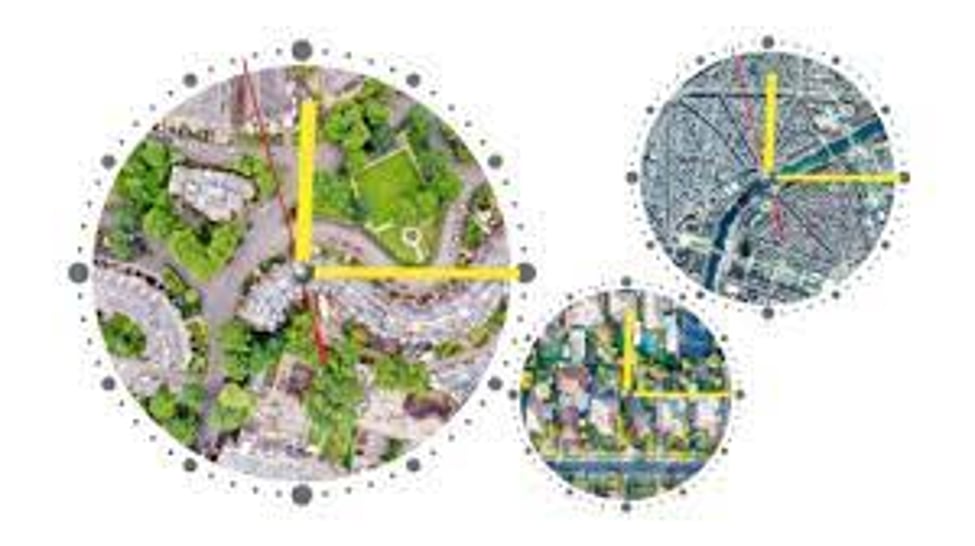The 15-Minute City: Urban Utopia or Dystopian Sci-Fi Come to Life?
In the realm of urban planning, a fascinating concept has emerged, promising to redefine the very fabric of city living. It's called the 15-minute city, a utopian dream where every urban dweller can access work, groceries, healthcare, and entertainment within a mere quarter-hour commute on foot or by bike. It sounds idyllic, doesn't it? But for those of us with a penchant for uncovering the truth beneath glossy urbanist propaganda, this concept rings alarm bells reminiscent of dystopian science fiction.
Let's dissect this, shall we? The 15-minute city, in its essence, is not just about creating walkable neighborhoods; it's an experiment in micro-managing urban populations, echoing the tightly controlled societies found in classic sci-fi narratives. Think about it: the self-contained cities of "Logan's Run," the division of society by skillset and location as seen in "Divergent," or the high-tech surveillance state of "1984." These aren't just stories; they're cautionary tales about the loss of freedom and autonomy in the face of seemingly benevolent control.
The proponents of the 15-minute city tout its potential for reducing carbon emissions, enhancing community connections, and promoting healthier lifestyles. Yet, beneath this veneer of sustainability and social cohesion lies a stark reality: the potential for unprecedented control over where and how people live, work, and interact. In the guise of convenience and efficiency, we edge closer to a world where personal choice is surrendered to the dictates of urban design.
Let's not be naïve. The similarities between the 15-minute city and the controlled environments of sci-fi factions are uncanny. Both envision a society where movement is restricted under the banner of the greater good, where surveillance could become the norm to ensure compliance, and where the individual's ability to transcend their immediate environment is curtailed. It's a world where the concept of exploration and the serendipity of stumbling upon the new and unexpected in far-flung corners of one's own city become relics of the past.
Critics might say I'm painting a picture too sinister, too steeped in the lore of speculative fiction. The 15-minute city, for all its purported benefits, could very well be the first step towards realizing the dystopian societies that have long captivated our imaginations.
In closing, as we stand on the precipice of this brave new world of urban design, let us not forget the lessons of science fiction. These stories were not meant to serve as blueprints but as warnings. The 15-minute city, while promising a future of efficiency and connectedness, also flirts with a sci-fi-like factionalism on our reality. Is this the future we desire, or will we recognize the need for balance before our cities become chapters in a dystopian saga not yet written?
Proceed with caution, urban dwellers and planners. The future is watching.

